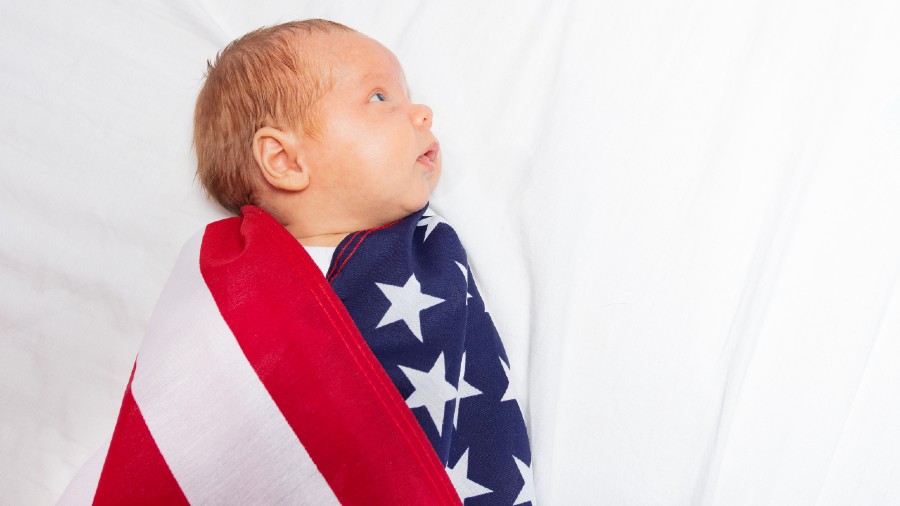The birthrate declined for the sixth straight year in 2020, the federal government reported on Wednesday, early evidence that the coronavirus pandemic accelerated a trend among American women of delaying pregnancy.
Early in the pandemic, there was speculation that the major changes in the life of American families could lead to a recovery in the birthrate, as couples hunkered down together. In fact, they appeared to have had the opposite effect: Births were down most sharply at the end of the year, when babies conceived at the start of the pandemic would have been born.
Births declined by about 8 per cent in December compared with the same month the year before, a monthly breakdown of government data showed. December had the largest decline of any month. Over the entire year, births declined by 4 per cent, the data showed. There were 3,605,201 births in the US last year, the lowest number since 1979. The birthrate — measured as the number of babies per thousand women ages 15 to 44 — has fallen by about 19 per cent since its recent peak in 2007.
The declining birthrate is just one piece of America’s shifting demographic picture. Combined with a substantial levelling-off of immigration, and rising deaths, the country’s population over the past decade expanded at the second-slowest rate since the government started counting in the 18th century. The pandemic, which pushed the death rate higher and the birthrate even lower, appears to have deepened that trend.
Kenneth Johnson, a demographer at the University of New Hampshire, has calculated that together with the rise in deaths — up by about 18 per cent from 2019 — the drop in births is contributing to the aging of the American population: A total of 25 states had more deaths than births last year, Dr Johnson said, up from five at the end of 2019.
“The birthrate is the lowest it’s ever been,” he said. “At some point the question is going to be: The women who delayed having babies, are they ever going to have them? If they don’t, that’s a permanent notch in the American births structure.”
Births tend to dip after economic crises, as women put off having babies because of uncertainty with jobs and income. The birthrate dropped sharply in the early 1930s, after a stock market crash precipitated the Great Depression.
But it picked up a few years later, once the economy started to bounce back. However, the recent decline, which began after the Great Recession in 2008, has continued, despite improvements in the economy. This unusual pattern has led demographers to wonder whether something else is going on. “It’s a big social change in the US,” said Alison Gemmill, a demographer at Johns Hopkins Bloomberg School of Public Health.
New York Times News Service










